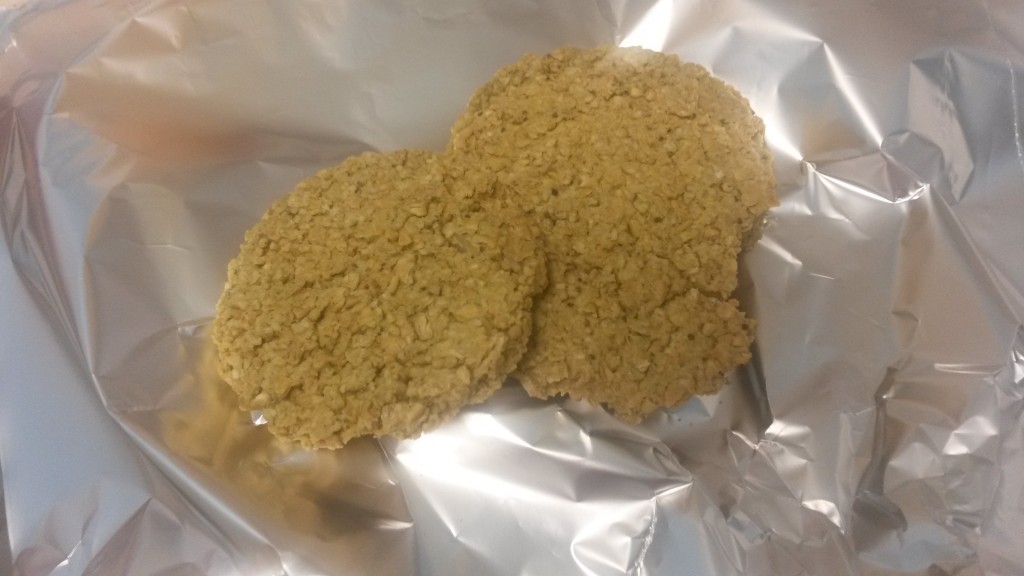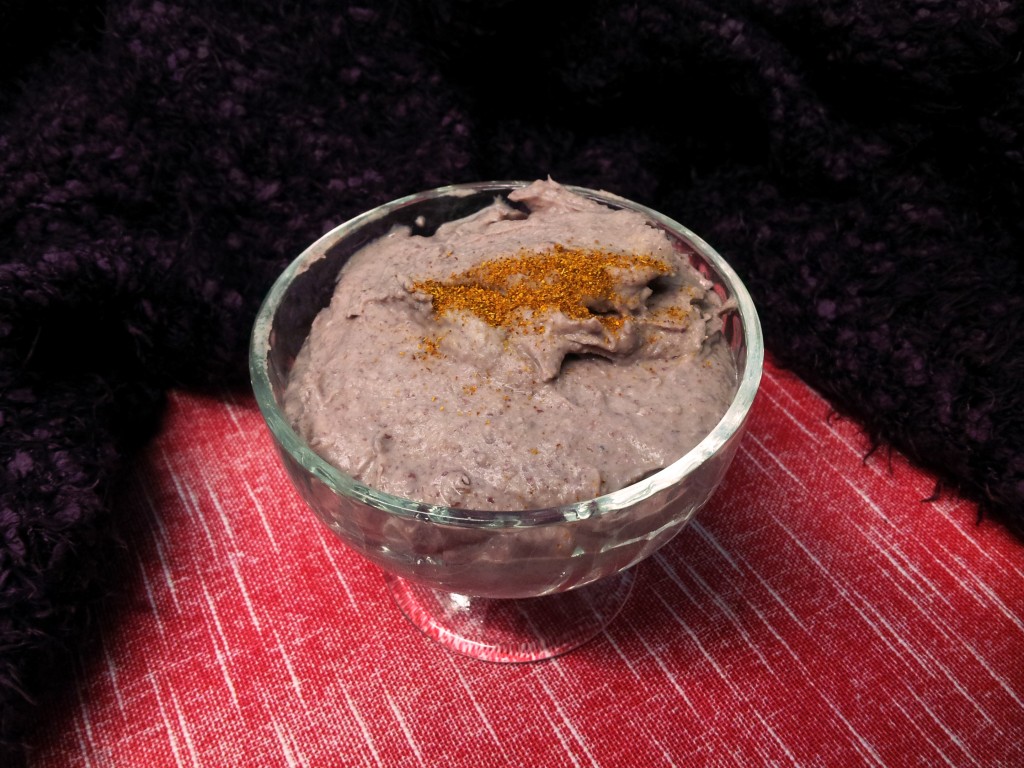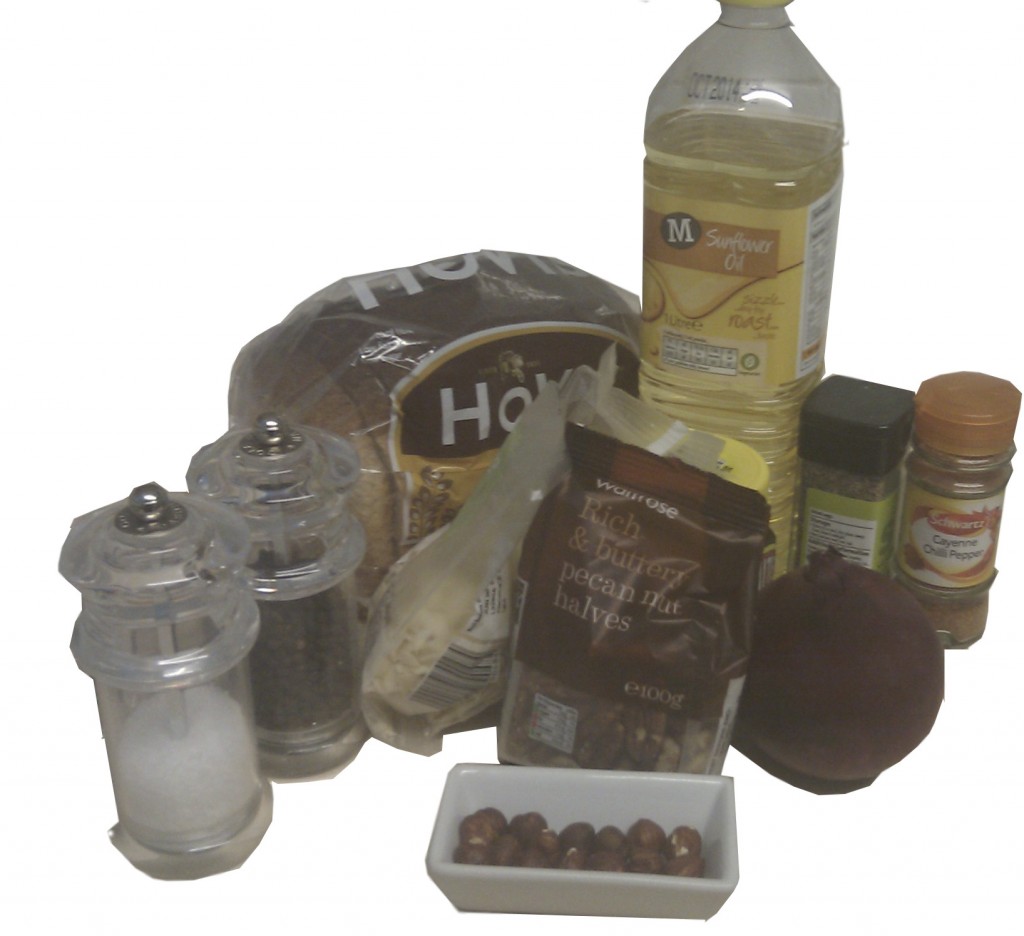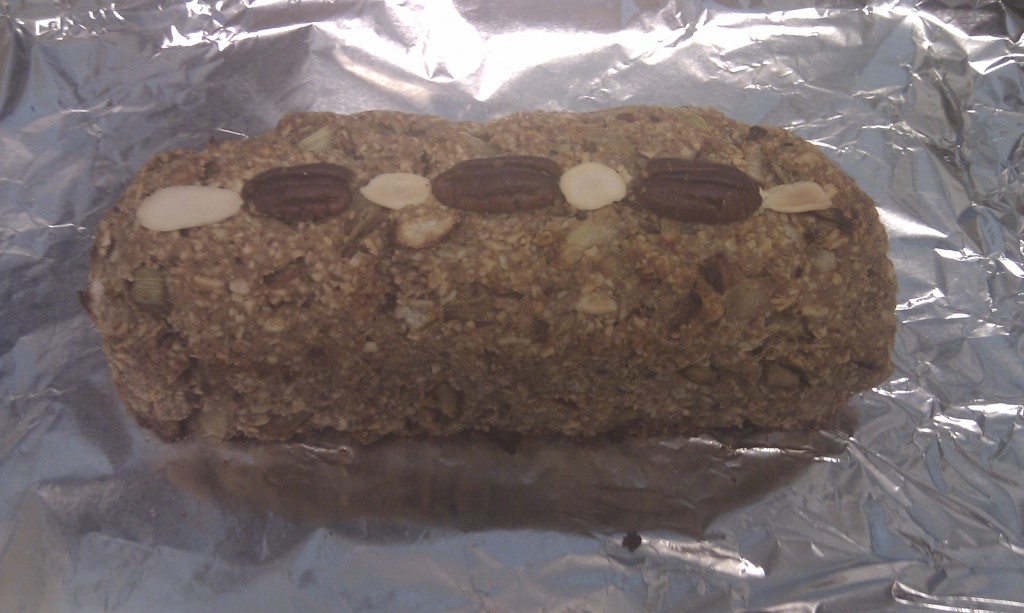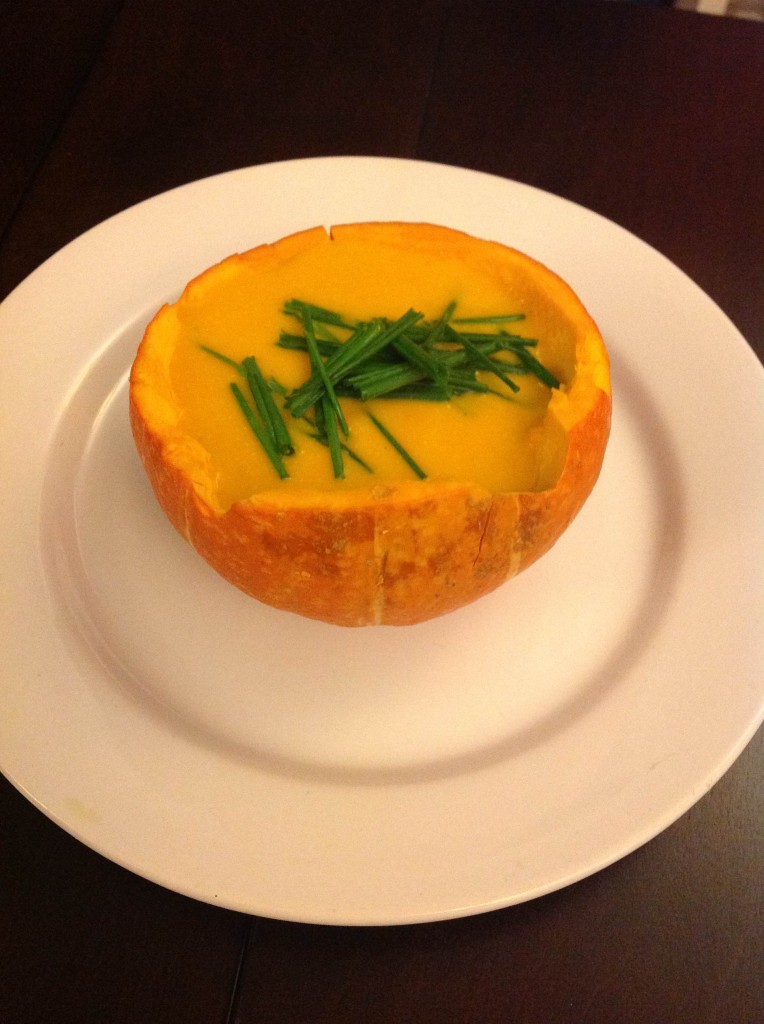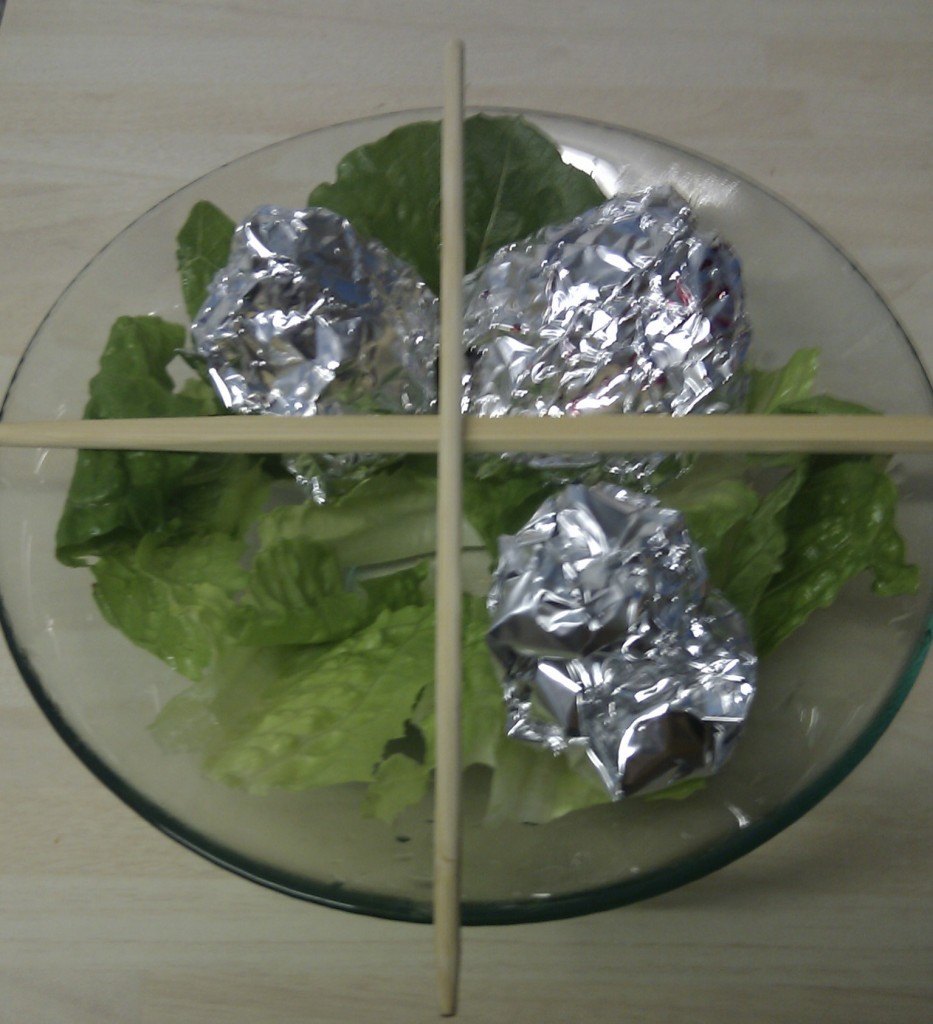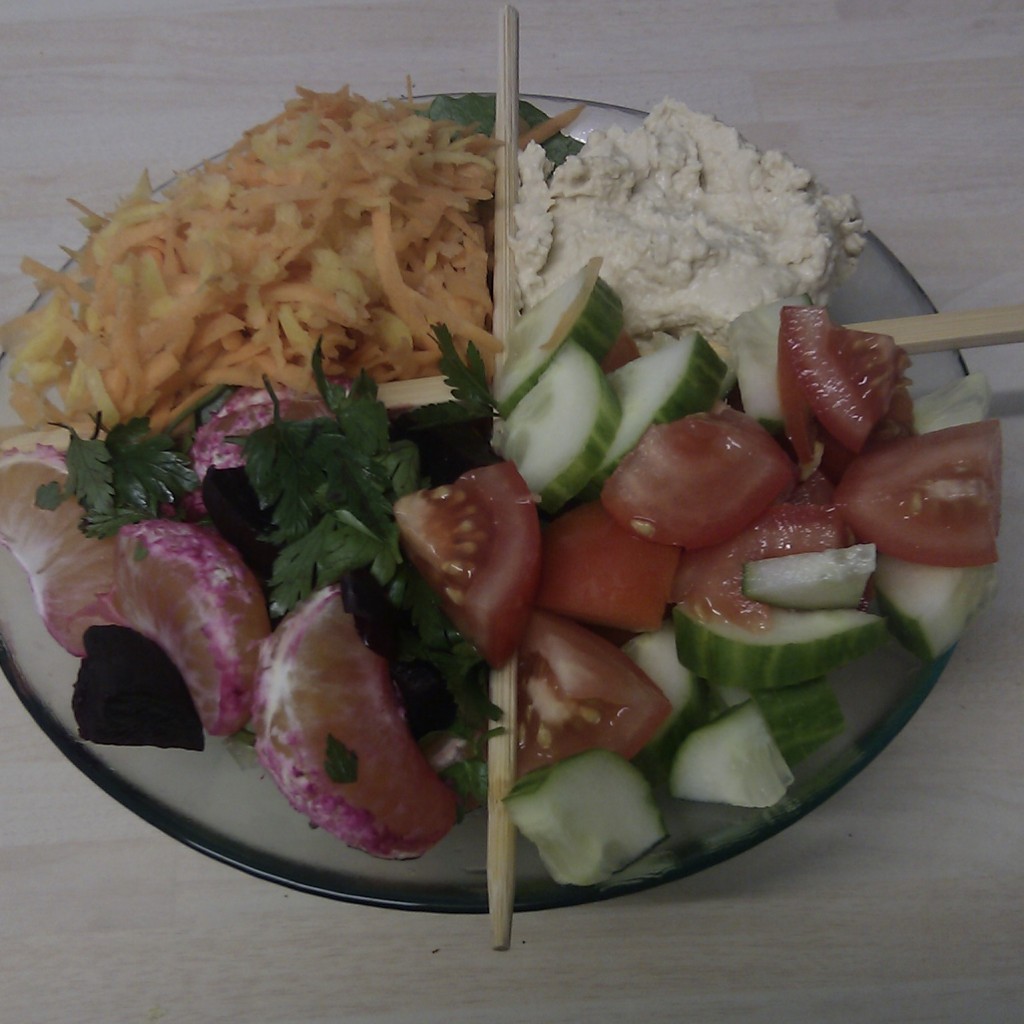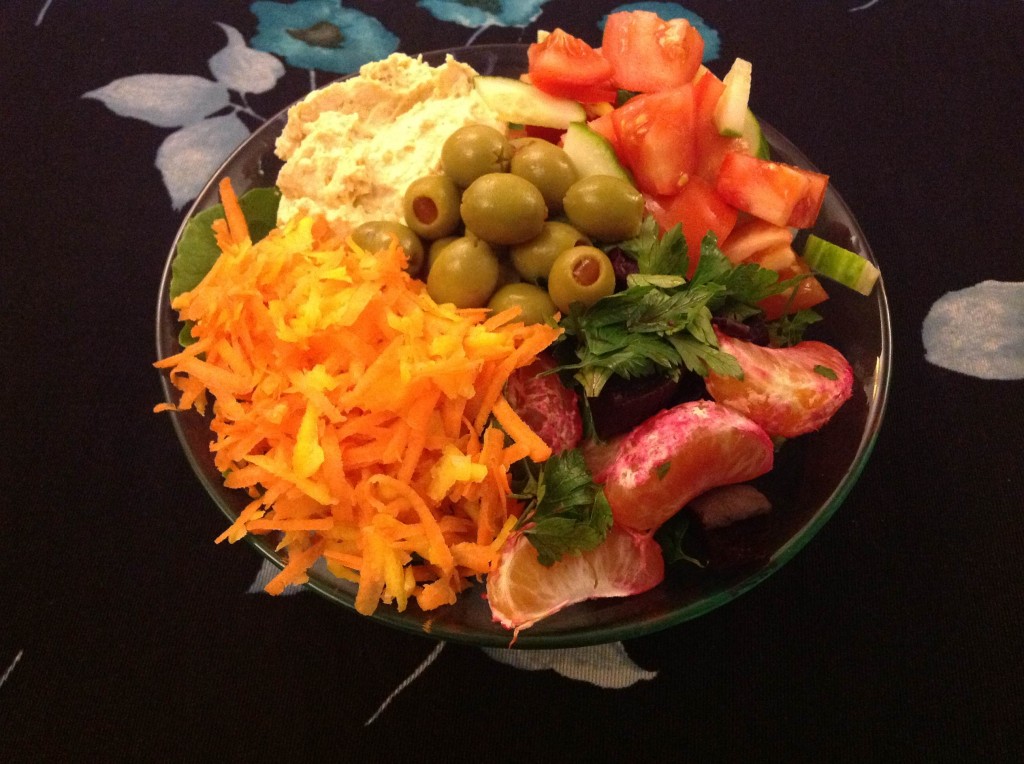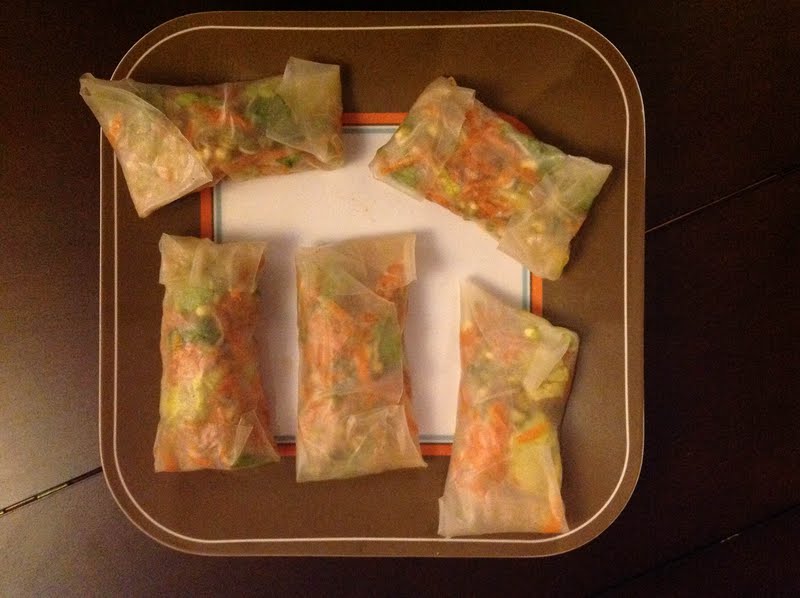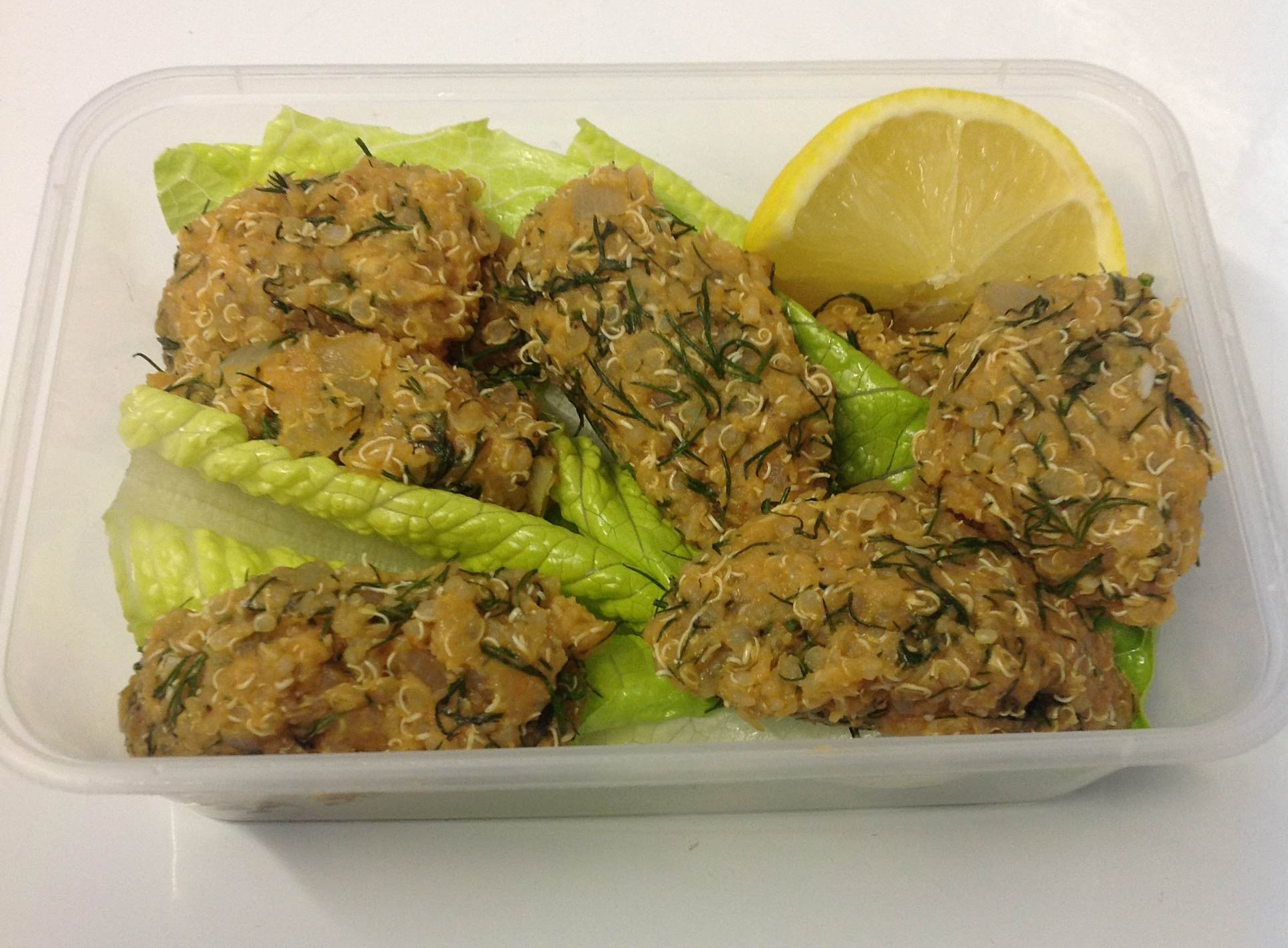Watching the lovely Peter warm up lovely Heinz Cream of Tomato soup has been known to fill me with envy. The smell is one of those that is just so nostalgic and I can remember the taste even though it’s been years. No home-made tomato soup I’ve ever attempted has come anywhere near that taste, neither has the colour ever been right – where tomato soup tends to be the colour of tomatoes, if you had no sense of smell and you opened a can of Heinz tomato soup you could be forgiven for thinking it was orange emulsion paint. I wondered what was in this weird stuff and whether it would be possible to make a vegan version.
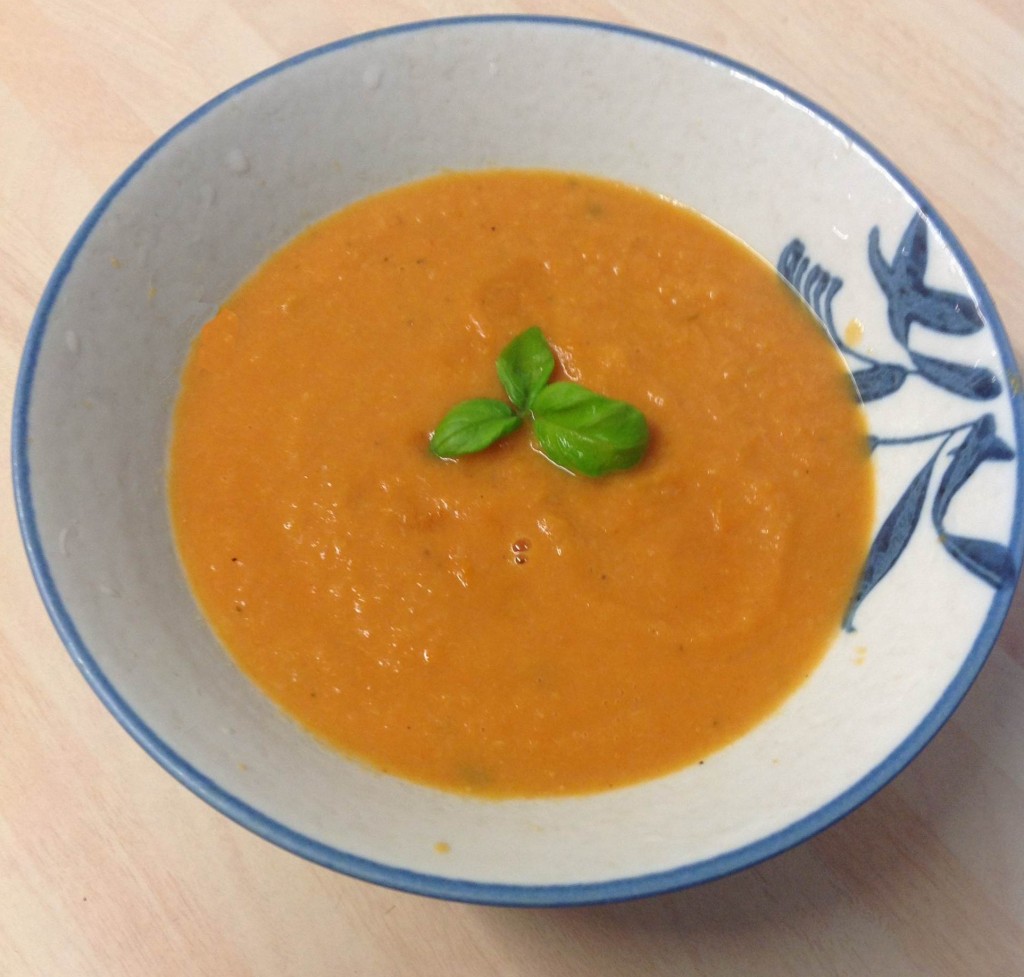
The ingredients list for Heinz Cream of Tomato soup reads thus: Tomatoes, vegetable oil, sugar, modified cornflour, salt, dried skimmed milk, milk proteins, cream, spice extracts, herb extract, citric acid. It goes against my mum’s advice of “never eat soup and milk at the same meal” (also don’t eat more than one apple a day – are you listening, people?) – whatever I made today, it was bound to be better on account of no milk and it doesn’t contain even one apple!
I don’t attempt to recreate the recipe but I have attempted to recreate the taste (not bad, quite similar) and the colour (no chance, unless I add orange or lemon peel I suppose)
Ingredients (enough for one serving)
- 5 large-ish tomatoes
- 1/2 a leek
- 2 teaspoons of olive oil
- Stock made with 1 teaspoon of vegetable bouillon (reduced salt version – if using other stock, leave out the salt)
- Agave nectar (1 teaspoon)
- Salt and pepper (tiny amount of each cause this is only for 1 person)
- 1 bay leaf and 1 basil leaf (you can add more basil for decoration)
- 1 tablespoon tomato puree
- 4 tablespoons of Oatly oat milk
- Chop the leek and gently fry in the olive oil, then add the tomatoes (cored, peeled and quartered) and fry for a bit more
- Cover with stock, bring to boil then reduce to simmer for 15 minutes – add basil and bayleaf during this time
- Blend with handheld blender
- Return to pan and bring to boil
- Reduce heat and add agave, tomato puree and oat milk – stir in well over heat
- Add salt and pepper to taste (shouldn’t need much)
I then did SUMS to see how my version equated with the Heinz canned version for various factors (because I’m like that). We reckon the amount of soup I made was equivalent to about a 400g can of Heinz tomato soup. The home-made soup has a few more calories but not significantly more, it’s also a bit higher in protein and fibre, a bit lower in sodium and a bit higher in fat. People wanting less fat could reduce the amounts of oat milk or olive oil.
Lastly, one serving of this soup, as made, is 6 WWPP, exactly the same as a can of Heinz tomato soup. I think this means I’ve won 🙂
